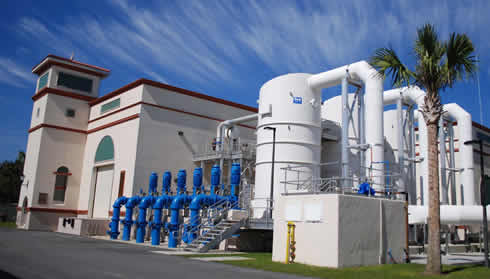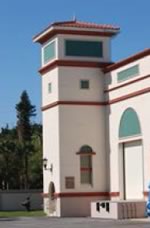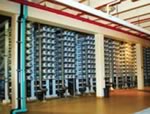Town of Jupiter Nanofiltration Plant, JUPITER, FL

VALUE DELIVERED
Expert professional installation of a leading-edge filtration process; effective regulatory compliance; more aesthetically attractive water for improved customer satisfaction; use of variable-frequency drives and other equipment to improve energy efficiency; effective odor control; ability to adjust pH; reliable emergency backup; implementation of center port skid design and highly efficient membrane elements to substantially reduce annual operating costs; performance testing to tight tolerances to ensure operational excellence.
CLIENT OBJECTIVES
To improve its water treatment process.
SCOPE OF SERVICES
In 2008, the client decided to replace its aging lime softening process with state-of-the-art nanofiltration membrane treatment for cleaning its surficial aquifer raw water supply. The upgraded treatment process ensures continued compliance with the Disinfectant/Disinfection By-Product (D/DBP) Rule under recent amendments to the USEPA Safe Drinking Water Act. By comparison with the old process, the new one removes naturally occurring dissolved organic materials more efficiently and noticeably improves water clarity.
With its extensive background in the construction of Florida’s water and wastewater treatment plants, Poole & Kent was the right choice to provide the proposed upgrades. The company’s scope of work – approximately 50 percent of which was self-performed – called for construction of a 2,480 s.f. pre-treatment building and a 28,300 s.f. membrane facility, as well as installation of all process equipment, including:
- Four 200-horsepower (hp) raw water booster pumps with variable-frequency drives (VFDs)
- A granular multi-media raw water pretreatment pressure filter system consisting of three horizontal, dual-cell pressure filters and an air-scour backwash
- Five 200-hp membrane feed pumps with VFDs
- A 5-micron cartridge filtration system
- A 14.5-mgd (million gallons per day) nanofiltration (NF) process, consisting of five 2.9-mgd membrane skids.
- Anti-scalant and sulfuric acid storage and feed systems for chemical pre-treatment of the membrane feedwater to prevent mineral scaling and membrane fouling
- Three permeate degasifiers for removal of hydrogen sulfide gas from the membrane permeate
- Two odor-control scrubbers for treatment of degasifier off-gas
- Caustic (NaOH) and hypochlorite chemical storage and feed systems for pH adjustment and disinfection after treatment of the membrane permeate
- A 157,000-gallon finished water clearwell for post-treatment and a transfer pumping system consisting of six 75-hp vertical turbine pumps with VFDs to pump the finished water to the on-site storage tanks
- Two 10,000-gallon above-ground fuel storage tanks
- Two 20,000-gallon and one 16,000-gallon bulk chemical storage tanks
- Two 6,400-gallon cleaning system tanks
- Two 1,500-kilowatt diesel engine-powered emergency backup generators
- Mechanical piping: PVC/CPVC (polyvinyl chloride/ chlorinated polyvinyl chloride), ductile iron (flanged, MJ [mechanical joint], and flex-ring), double containment (for chemical and fuel systems), 316 and 304 stainless steel, HDPE (highdensity polyethylene), and FRP (fiber-reinforced polymer).
In addition, Poole & Kent purchased, received, and coordinated loading of the membrane elements, which were pre-selected by the client. The company also coordinated a 36-hour process performance test, during which stringent water quality and process performance parameters were monitored. Performance testing began in August 2010, and the project was completed in October 2010. Following project completion, the client praised the company for its professionalism, willingness to work cooperatively with the client’s on-site personnel, ongoing value-engineering efforts, and ability to make facility enhancements even during the project.
SOLUTIONS
The nanofiltration skids used in this project employ a unique design which was implemented for the first time in the United States. The design reduces pressure loss within the pressure vessels by shortening the length of the feedwater flow, substantially diminishing pumping power requirements and cutting electrical costs. In addition, this membrane process incorporates elements with a very high “mass transfer coefficient,” providing more finished water per unit of applied energy. These two design features combined reduce power consumption by approximately 40 percent over traditional designs, saving the client a projected $250,000 annually in operating costs.
BACKGROUND
The Town of Jupiter’s water treatment plant serves Jupiter, Tequesta, and parts of unincorporated Palm Beach and Martin counties.





